Restructuring Clark’s Contract Takes Care of 20 Percent of Packers’ Cap Woes
GREEN BAY, Wis. – The Green Bay Packers took a big step toward getting beneath the salary cap by restructuring defensive tackle Kenny Clark’s contract.
As first reported by ESPN.com’s Field Yates, the Packers saved $10.89 million against the cap. That took care of a shade over 20 percent of the team’s $53 million cap overage.
The devil is in the details. According to a source, the Packers cut Clark’s base salary from $8.25 million to the league minimum $1.035 million, converting the difference ($7.215 million) and a roster bonus ($6.4 million) into signing bonus and adding two void years to the contract to help with the accounting. That cut Clark’s cap number in 2022 to about $9.976 million.
Of course, the Packers will have to pay the piper at some point. Clark’s cap numbers will soar into quarterback territory in 2023 ($23.973 million) and 2024 ($24.723 million). That’s an enormous amount of money should Clark’s play crash due to injury or some other factor.
“That is not to say that any of this will occur with Clark, but I thought it was a good example of the risks that teams take on with some of these moves,” Jason Fitzgerald of OverTheCap.com wrote in using Clark’s restructure to make a broader point. “One of the reasons many teams moved away from the large signing bonus contract structures of the past is because they would wind up with aging football players who they were unable to cut because of cap consequences. When you do these larger restructures over and over you run the risks of winding up like those teams down the line.”
Making the move more palatable from a long-term perspective is the cap is expected to rise sharply next year. Moreover, the 26-year-old Clark will turn 29 early in the 2024 season so should remain a premier player for at least a few more years.
Just like he did in 2019, Clark earned Pro Bowl honors in 2021 by rushing the passer and commanding double teams. Clark recorded 48 tackles, four sacks, six tackles for losses and 13 quarterback hits. That’s better than his 42 tackles, two sacks, three tackles for losses and six quarterback hits in 2020 but not as good as his 62 tackles, six sacks, nine tackles for losses and seven quarterback hits in 2021.
As a pass rusher, he was really good. While the sack total was nothing to write home about, he finished fourth interior defensive linemen with a career-high 67 pressures, according to PFF.
Grading the Defensive Line
Kenny Clark ($6.98 million cap charge; ranking No. 21 among interior defensive linemen)
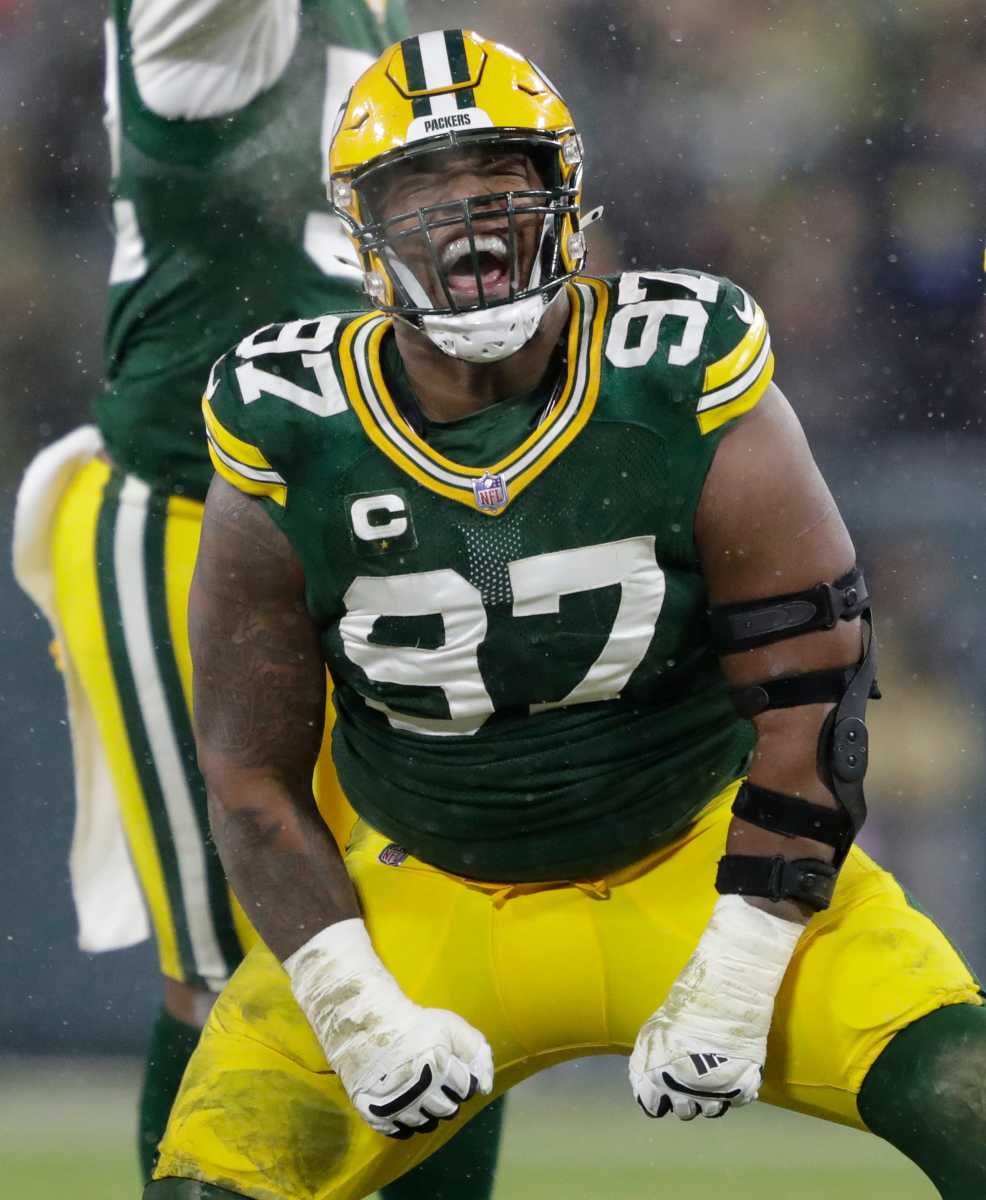
Just like he did in 2019, Clark earned Pro Bowl honors by rushing the passer and commanding double teams. Clark recorded 48 tackles, four sacks, six tackles for losses and 13 quarterback hits. That’s better than his 42 tackles, two sacks, three tackles for losses and six quarterback hits in 2020 but not as good as his 62 tackles, six sacks, nine tackles for losses and seven quarterback hits in 2021.
As a pass rusher, he was really good. While the sack total was nothing to write home about, he finished fourth interior defensive linemen with a career-high 67 pressures, according to PFF. In its pass-rushing productivity, he ranked eighth out of 127 interior defenders with at least 136 rushes (TJ Slaton’s number).
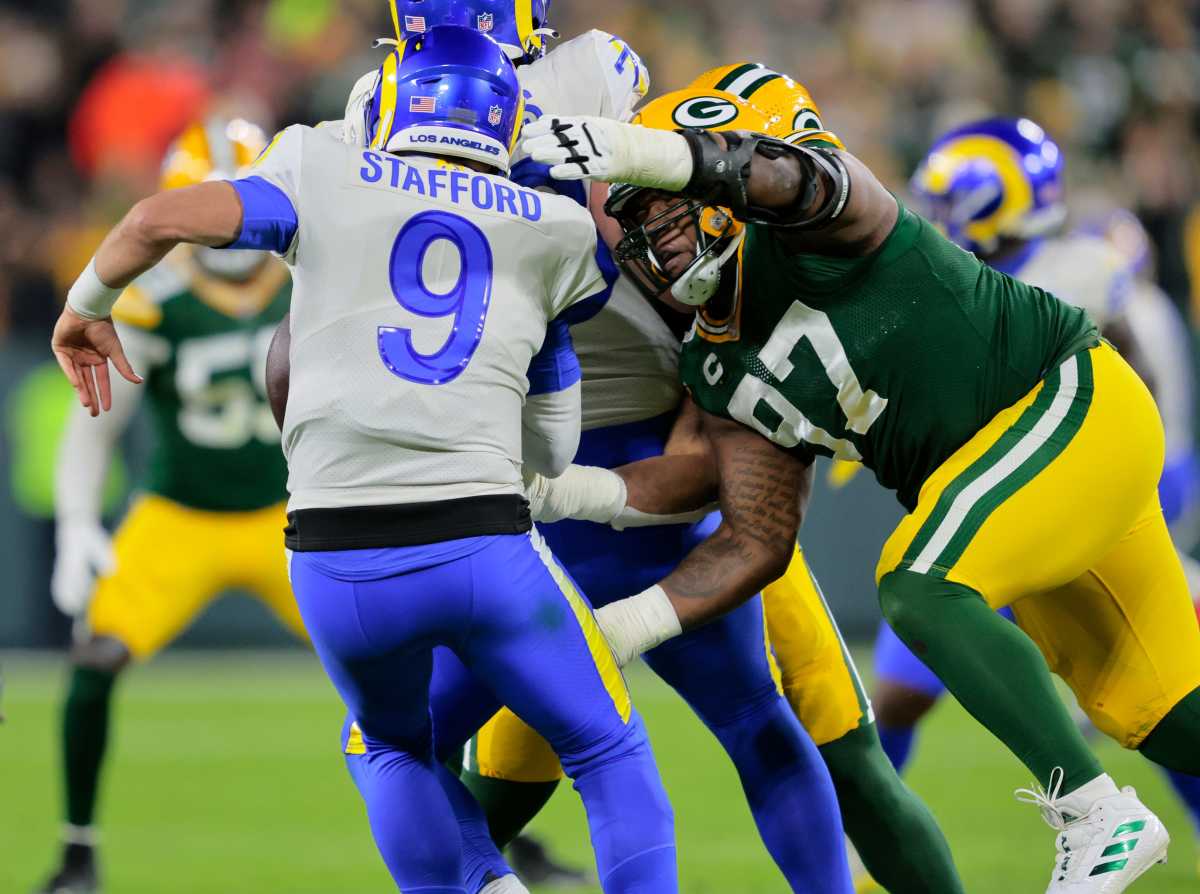
His run defense wasn’t quite as good as it was in 2019, though. Of 135 interior defenders who played at least 114 snaps on run defense (Slaton’s number), he tied for 31st with a run-stop percentage of 9.2 and tied for 40th with an average tackle distance of 2.1 yards downfield. Statistically, Green Bay’s run defense was no better with Clark in the lineup than when he was off the field.
Clark was a workhorse, logging 80 percent playing time in 13 games. Among all interior defenders, he ranked 12th with 781 snaps. His tackle rate was one for every 16.3 snaps. As good as he is, there’s room for improvement.
Grade: B.
Dean Lowry ($3.81 million cap charge; ranking No. 43 among IDL)
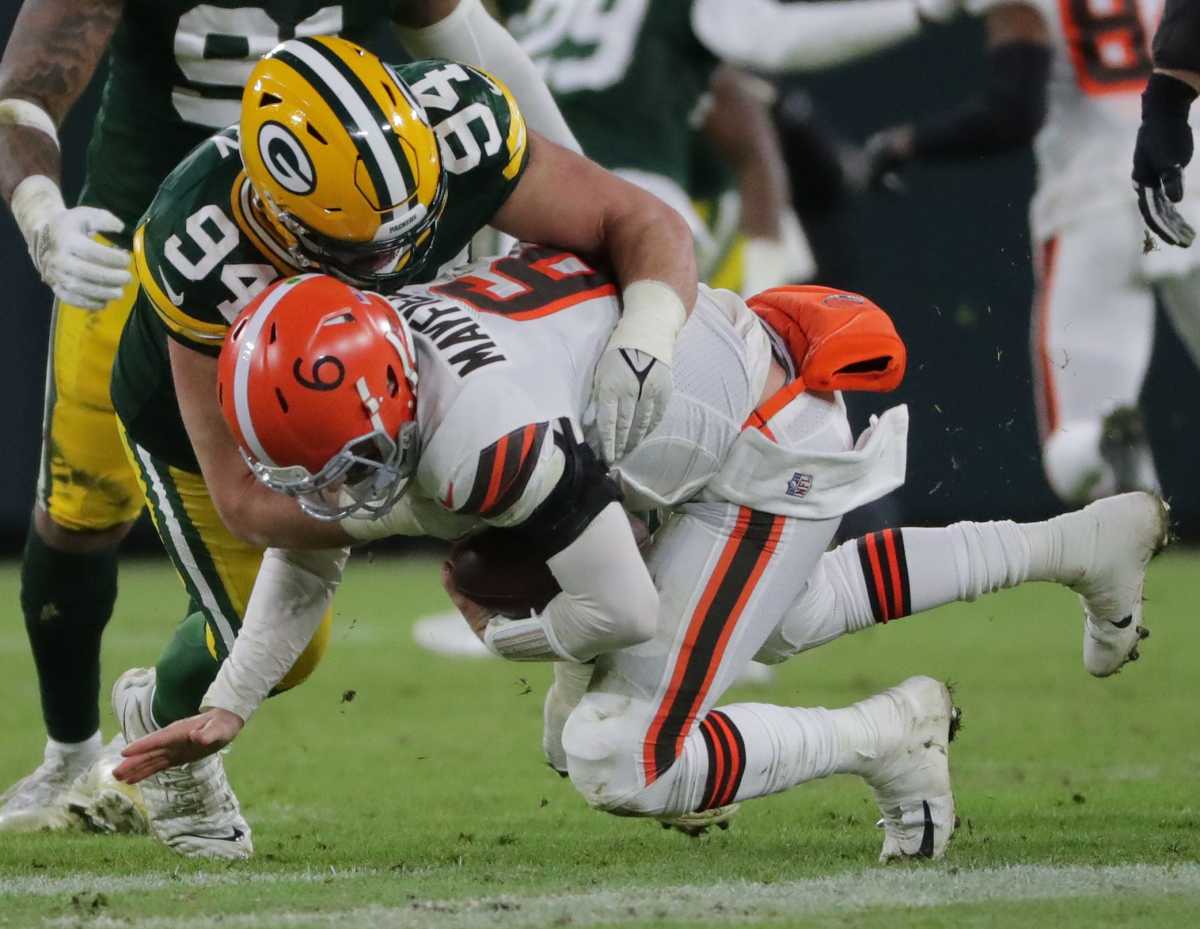
Lowry started every game for a third consecutive season. Along with his 42 tackles, he set a career high with five sacks. After a combined three sacks, six quarterback hits and four tackles for losses in 32 games in 2019 and 2020, Lowry had the five sacks, nine quarterback hits and five tackles for losses in 2021. So, from a splash-play perspective, Lowry was excellent.
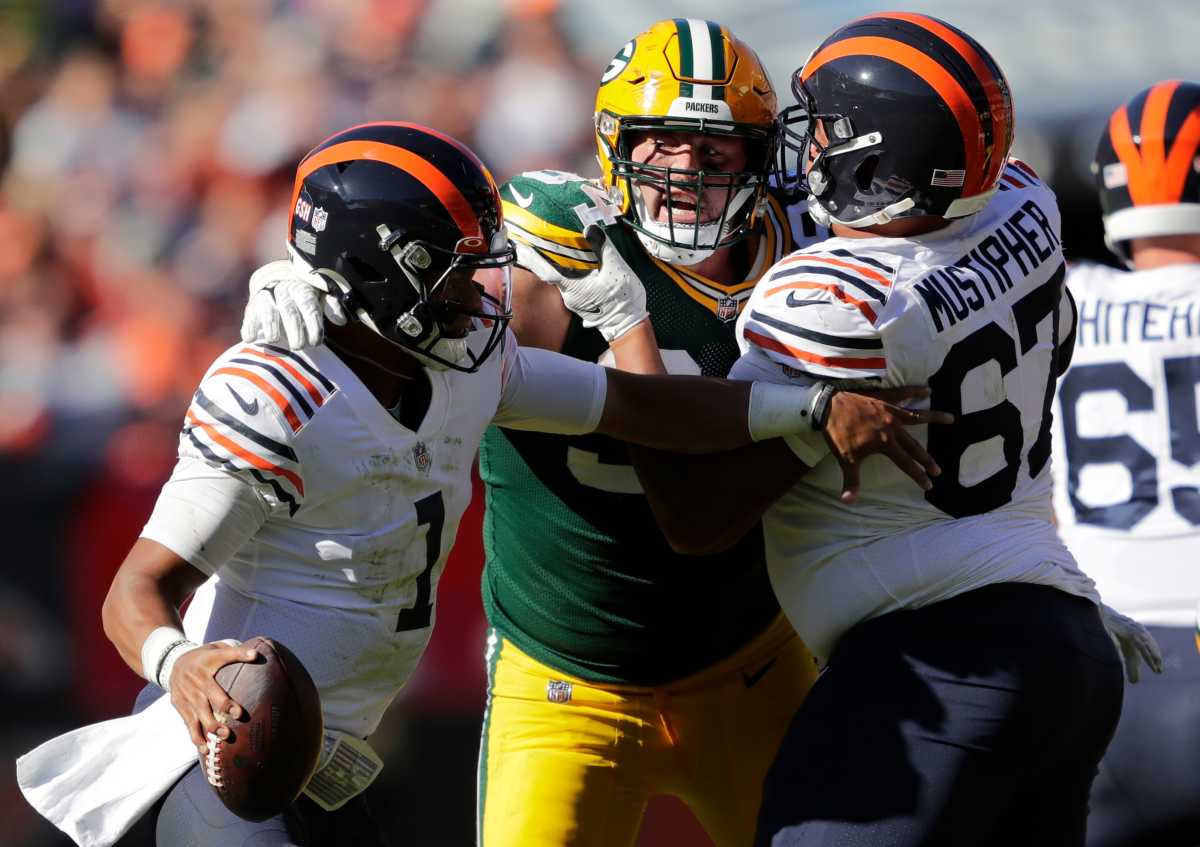
Lowry finished 17th in PFF’s pass-rushing productivity. His 42 pressures were three more than his combined total from the previous two seasons. However, against the run, his average tackle came 2.9 yards downfield and his 3.3 run-stop percentage ranked a terrible 126th out of the aforementioned 135 interior defenders. The team allowed 0.11 yards more per carry with Lowry on the field than when he was off. He did, however, match Clark’s unit lead with seven stuffs (a tackle at or behind the line vs. the run). His tackle rate of one for every 16.0 snaps was just a bit better than Clark.
In eight career playoff games, Lowry has zero sacks, zero quarterback hits and zero tackles for losses.
Grade: C.
Tyler Lancaster ($1.25 million cap charge; ranking No. 92 among IDL)

Lancaster did what he usually does: play no-nonsense run defense. His 31 tackles included three for losses. That TFL count matched his total from his first three seasons. Two of those came at Minnesota, when he delivered the best performance of his career. His season tackle rate was one for every 10.3 snaps, tops on the unit.
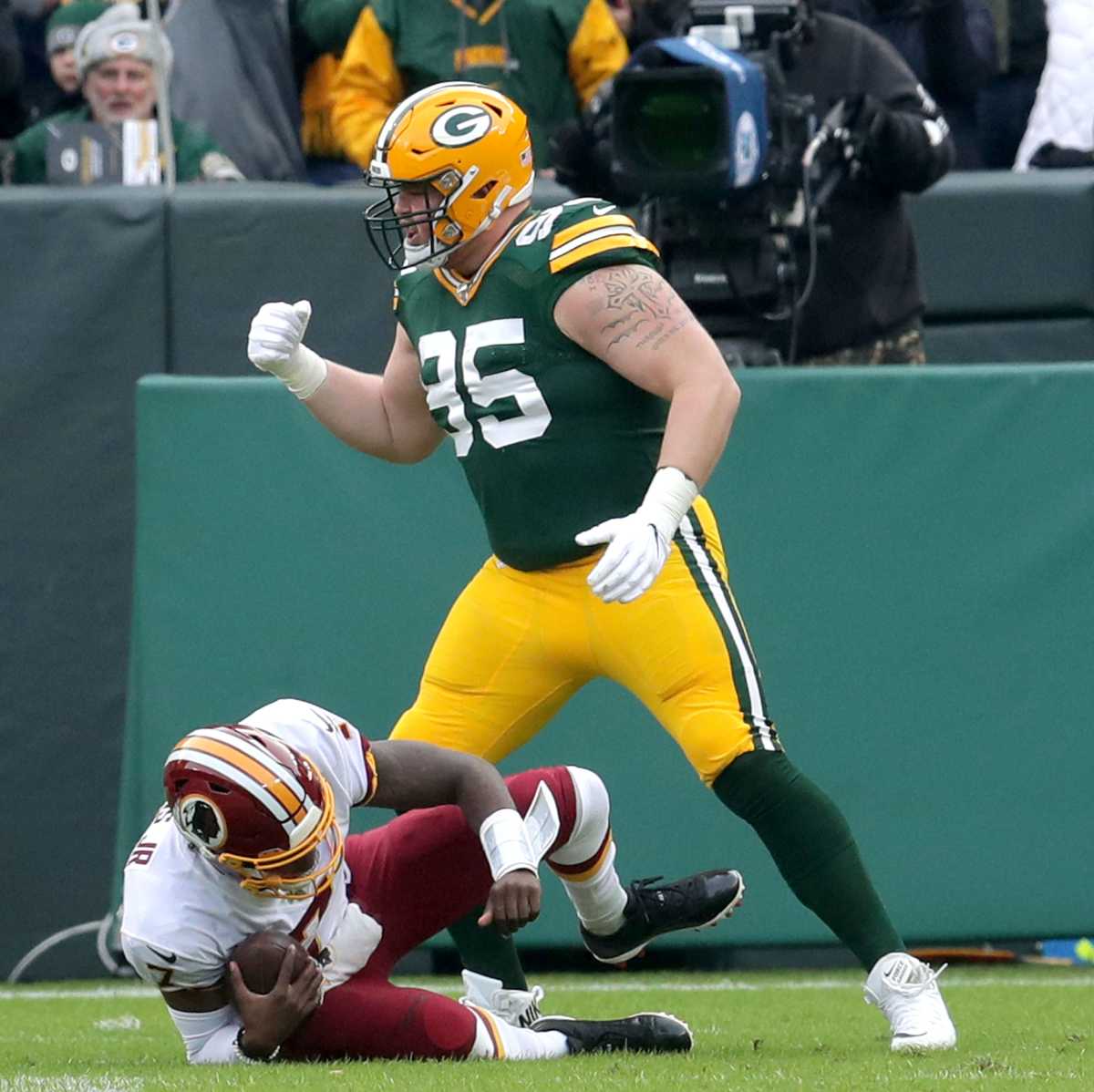
Of the 135 interior defensive linemen with at least 114 run-defending snaps, he tied for 23rd in PFF’s run-stop percentage. His average tackle came 2.3 yards downfield and he had six stuffs, one behind Clark and Lowry for the unit lead. The team’s run defense was a resounding 0.65 yards better when he was on the field. He did nothing as a pass rusher, though, ranking 120th out of 127 in PFF’s pass-rush productivity with just four pressures in 142 passing plays. In four seasons, he has 1.5 sacks and 20 pressures.
Lancaster will be a free agent. It’s not as if the team is bursting at the seams with run-stopping big guys.
Grade: C.
Kingsley Keke ($928,316 cap charge; ranking No. 118 among IDL)
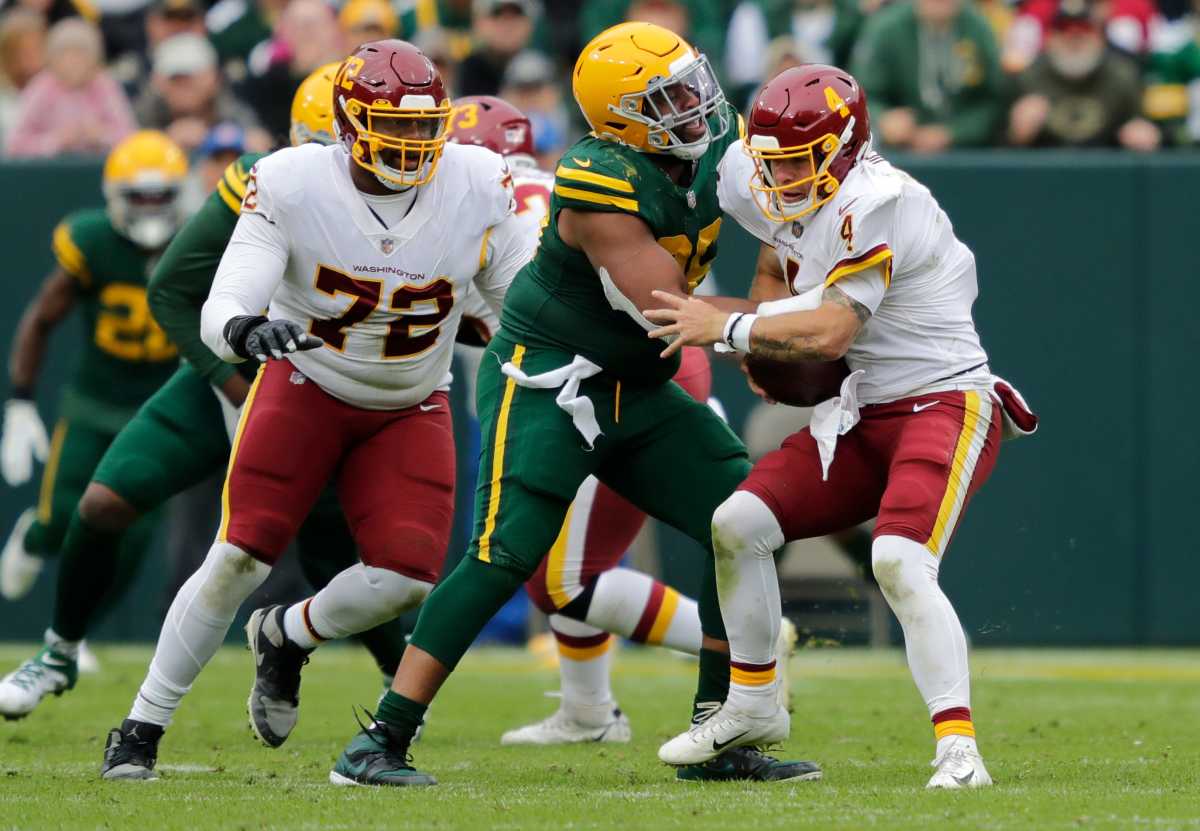
A fifth-round pick in 2019, Keke showed his promise last season with four sacks and eight quarterback hits in 15 games (nine starts). This season went horribly wrong, though. On the field, he was OK, with 2.5 sacks and four quarterback hits in 12 games (eight starts). He added 23 tackles, a tackle rate of one for every 17.1 snaps. However, he missed time with a concussion, was inactive for the final three games and released before the playoffs. Teams aren’t in a hurry to get rid of good players – especially big guys who can rush the passer – so the issues were more personality-related.
He ranked 33rd out of 127 interior defenders in PFF’s pass-rushing productivity with a career-high 24 pressures. Of 135 interior defenders, he ranked 70th in PFF’s run stop percentage. While average tackle came 3.3 yards downfield, the team’s run defense was 0.17 yards better when he was on the field.
Keke quickly landed with the Texans, so he’ll spend Year 4 closer to home. His performance on the field was worthy of a C-plus.
Grade: F.
TJ Slaton ($730,130 cap charge; ranking No. 149 among IDL)

A fifth-round pick this year who was blessed with outstanding athleticism for his size, Slaton played 255 snaps, with almost half of those coming during the final four games. He finished with 23 tackles, one sack and two quarterback hits. His tackle rate was one for every 11.1 snaps.
Slaton finished 97th out of 127 in PFF’s pass-rushing productivity. Of his six pressures, three came against Seattle but only one came during the final seven games. For his size, he should have been a bigger asset vs. the run. He was 60th out of 135 in run-stop percentage. While he had zero stuffs and his average tackle came 3.3 yards downfield, the run defense was 0.71 yards better when he was on the field – the biggest difference among any defender getting regular playing time.
If the run defense is going to take a sizable step forward in 2022, it will be because of Slaton reaching his potential.
Grade: C-plus.
Jack Heflin ($662,333 cap charge; ranking No. 162 among IDL)
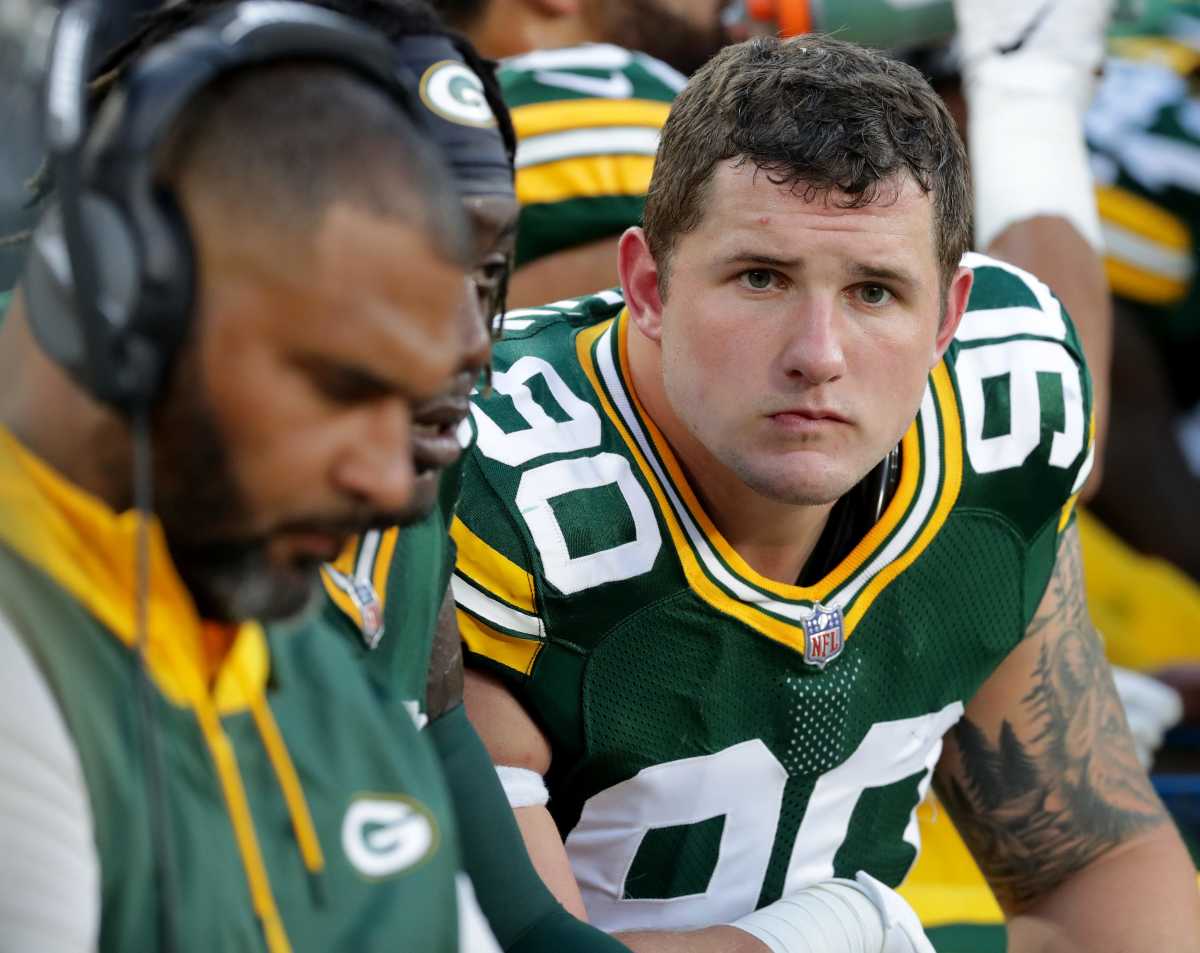
A college walk-on, Heflin was a great story in making the roster coming out of training camp. However, he barely played. Heflin’s 17 defensive snaps were split over three games. By season’s end, he had fallen behind practice-squad player Abdullah Anderson on the depth chart. He finished the season with just one assisted tackle.
Grade: F.
